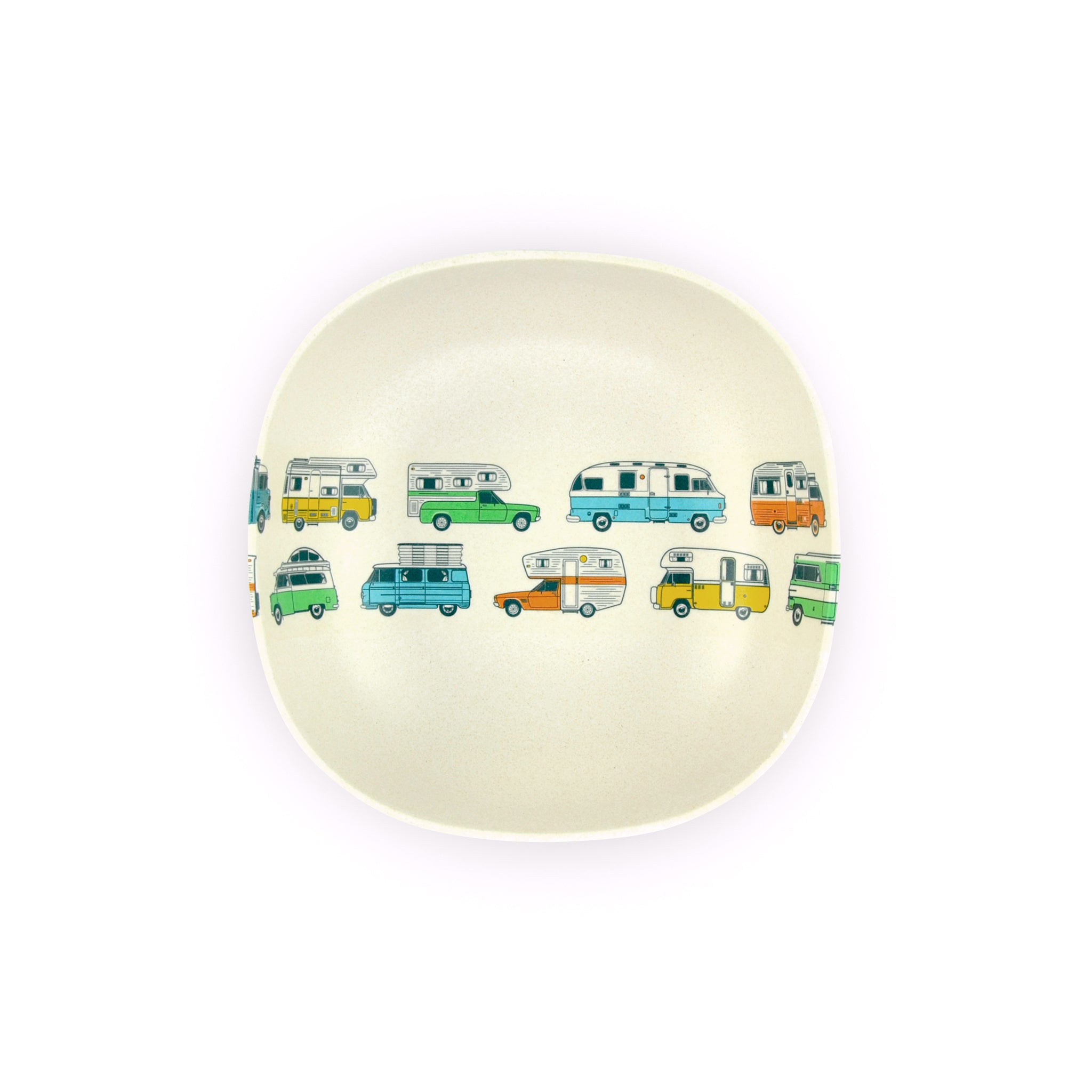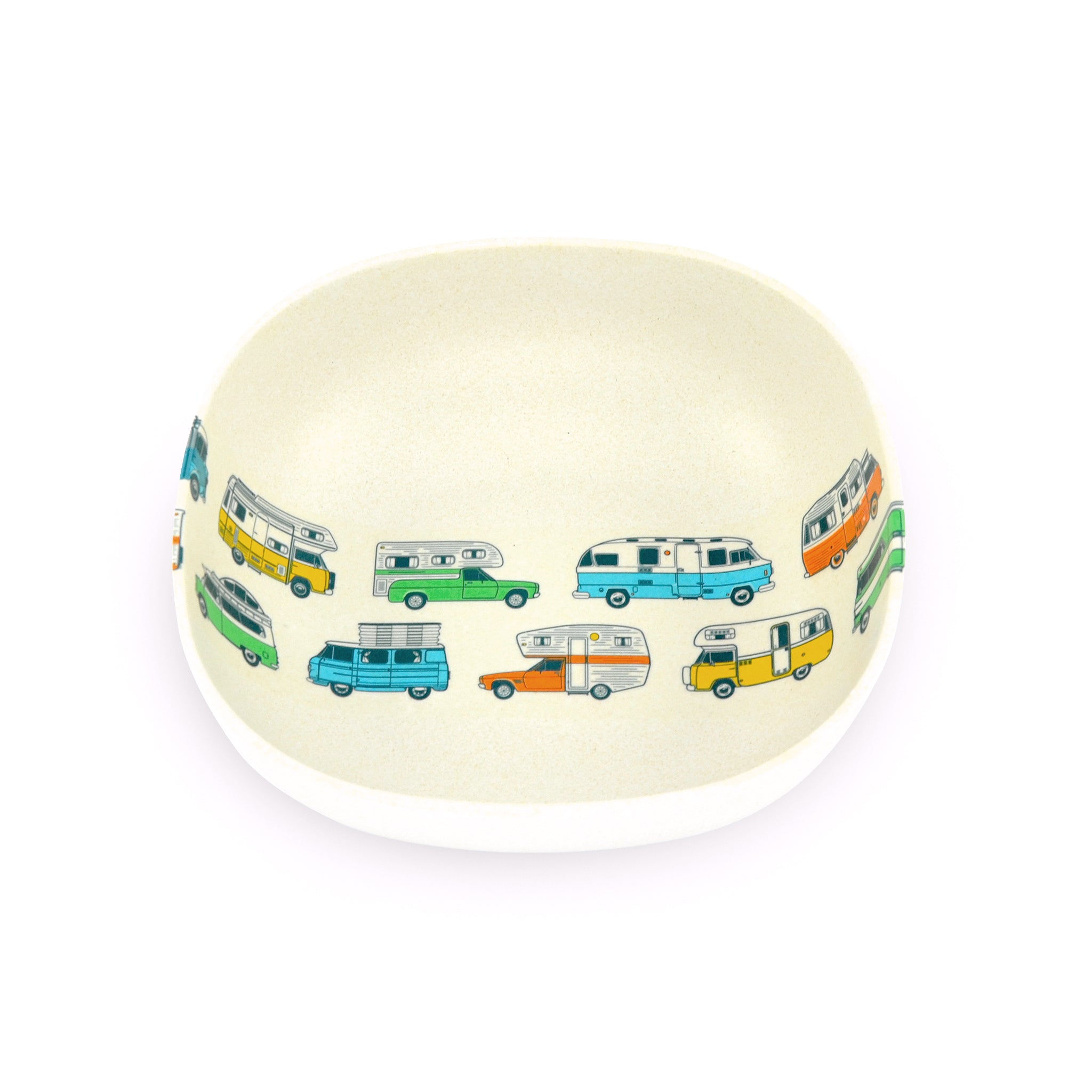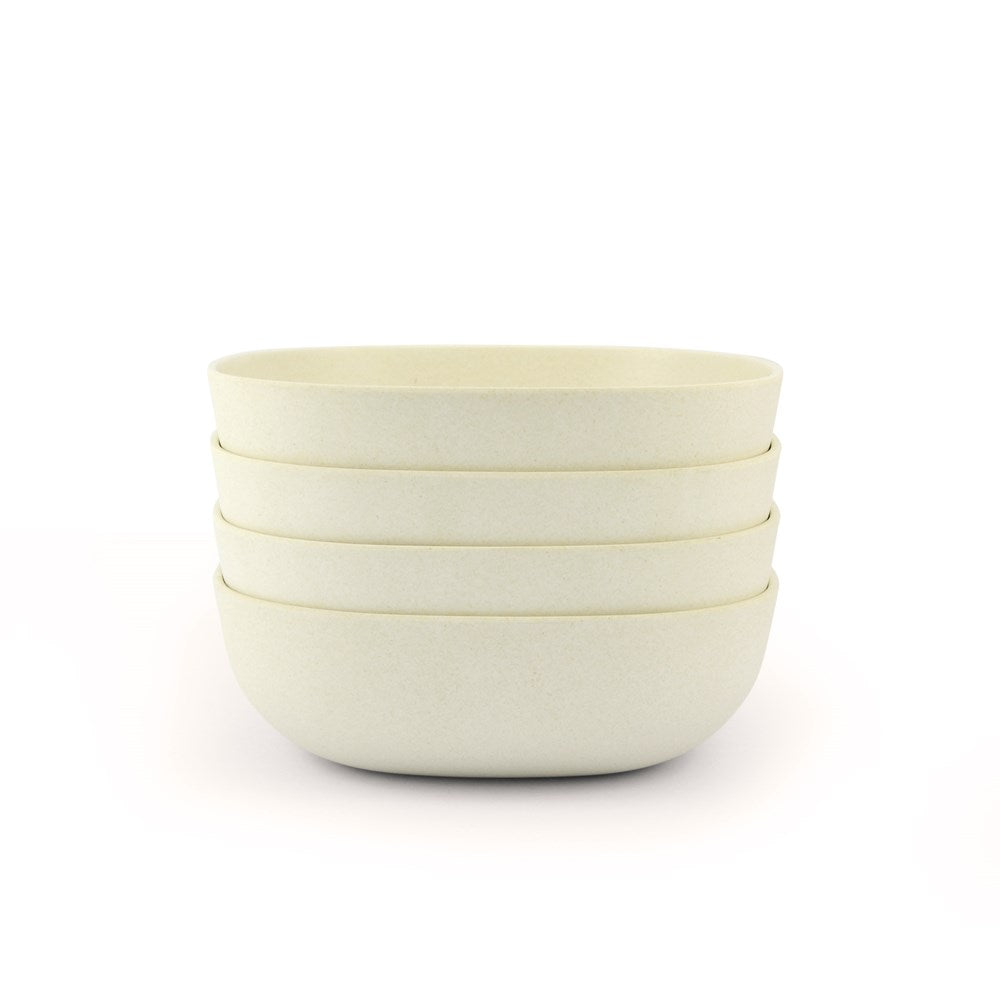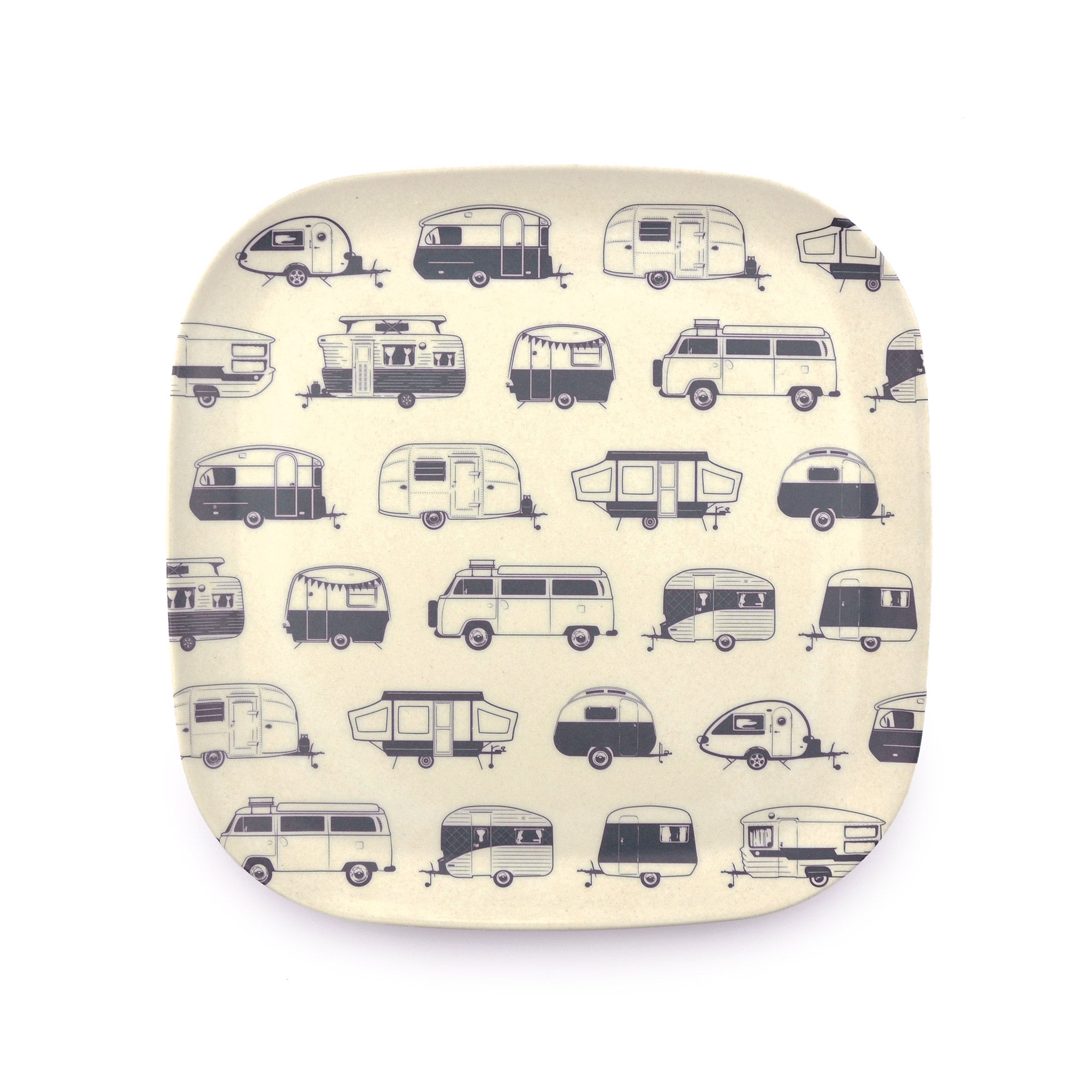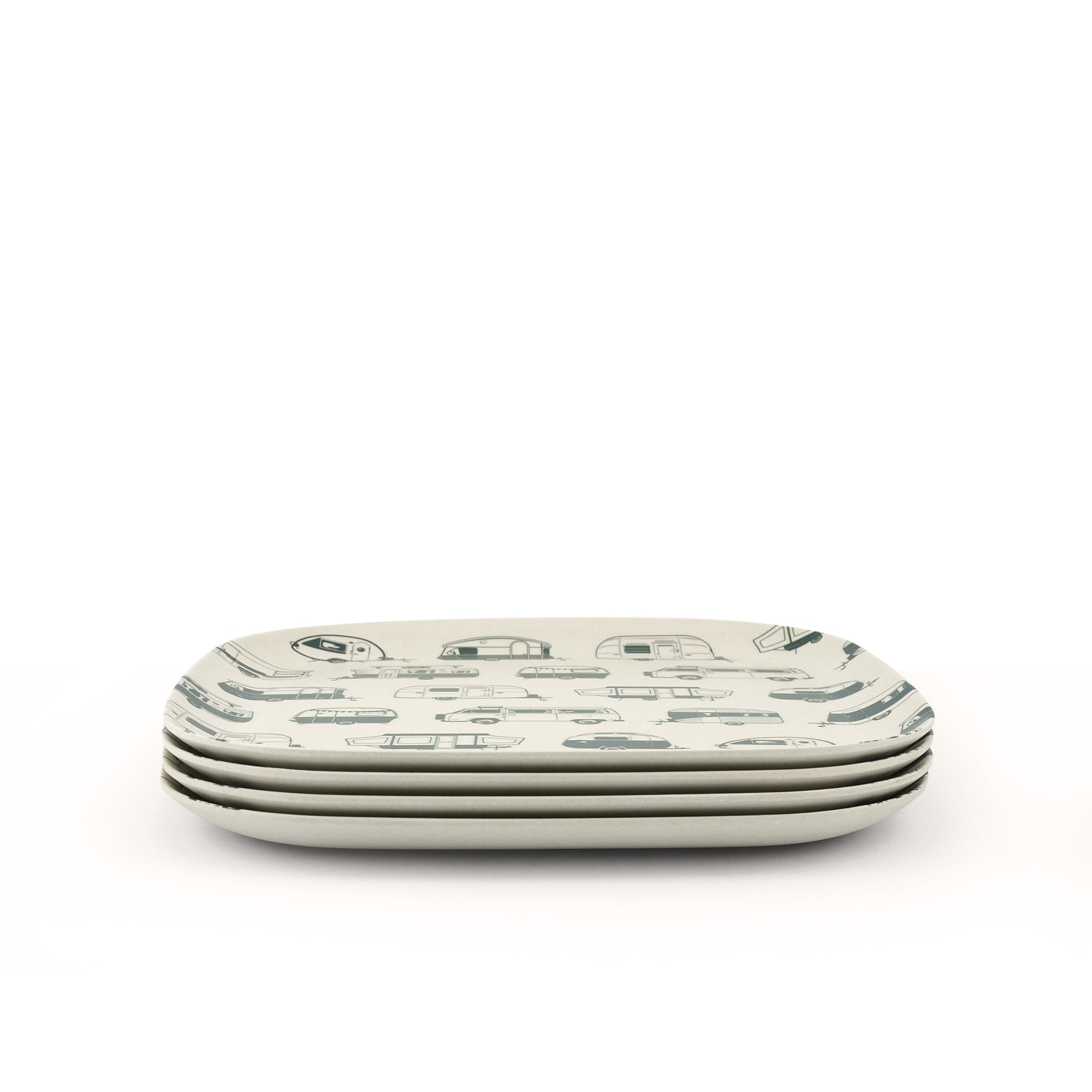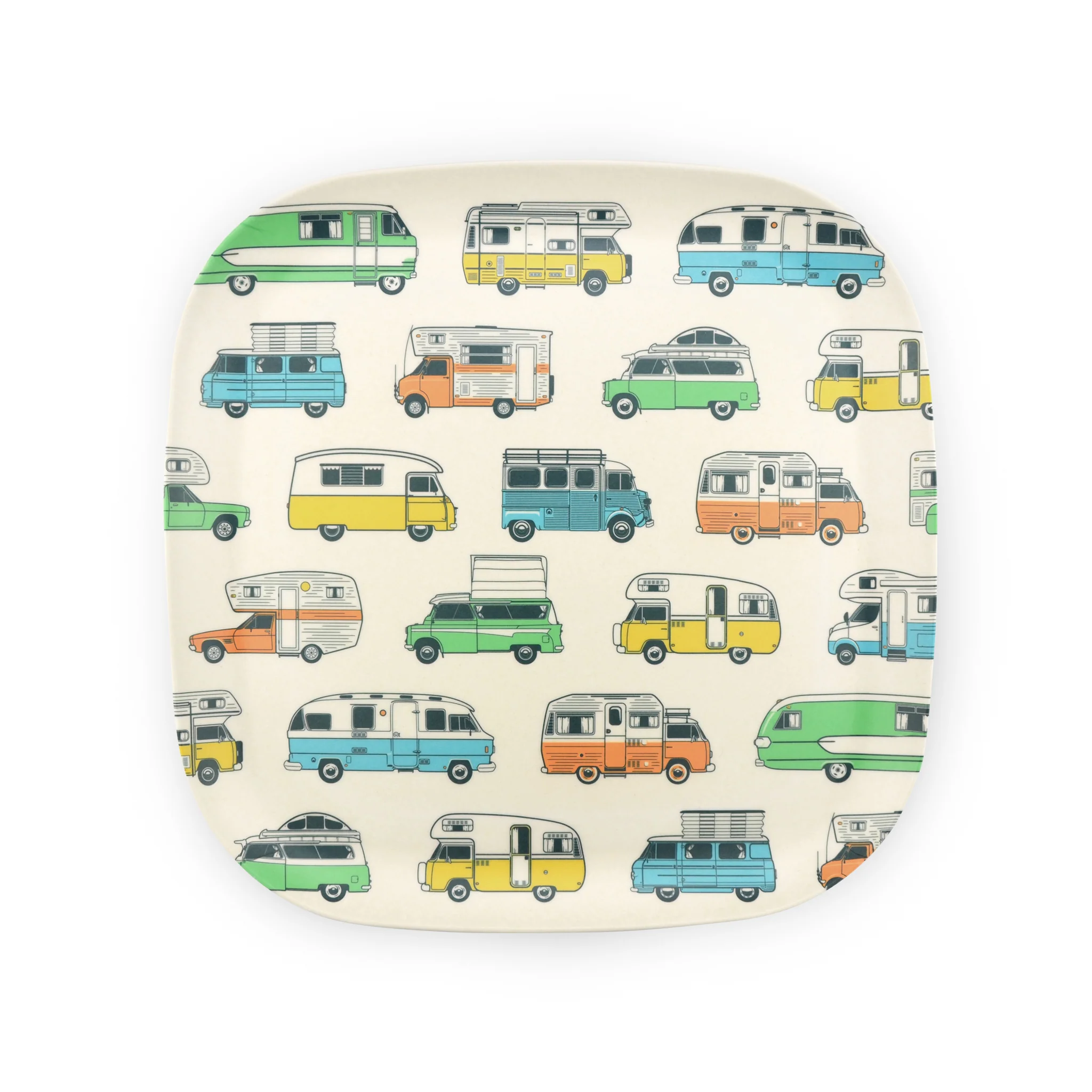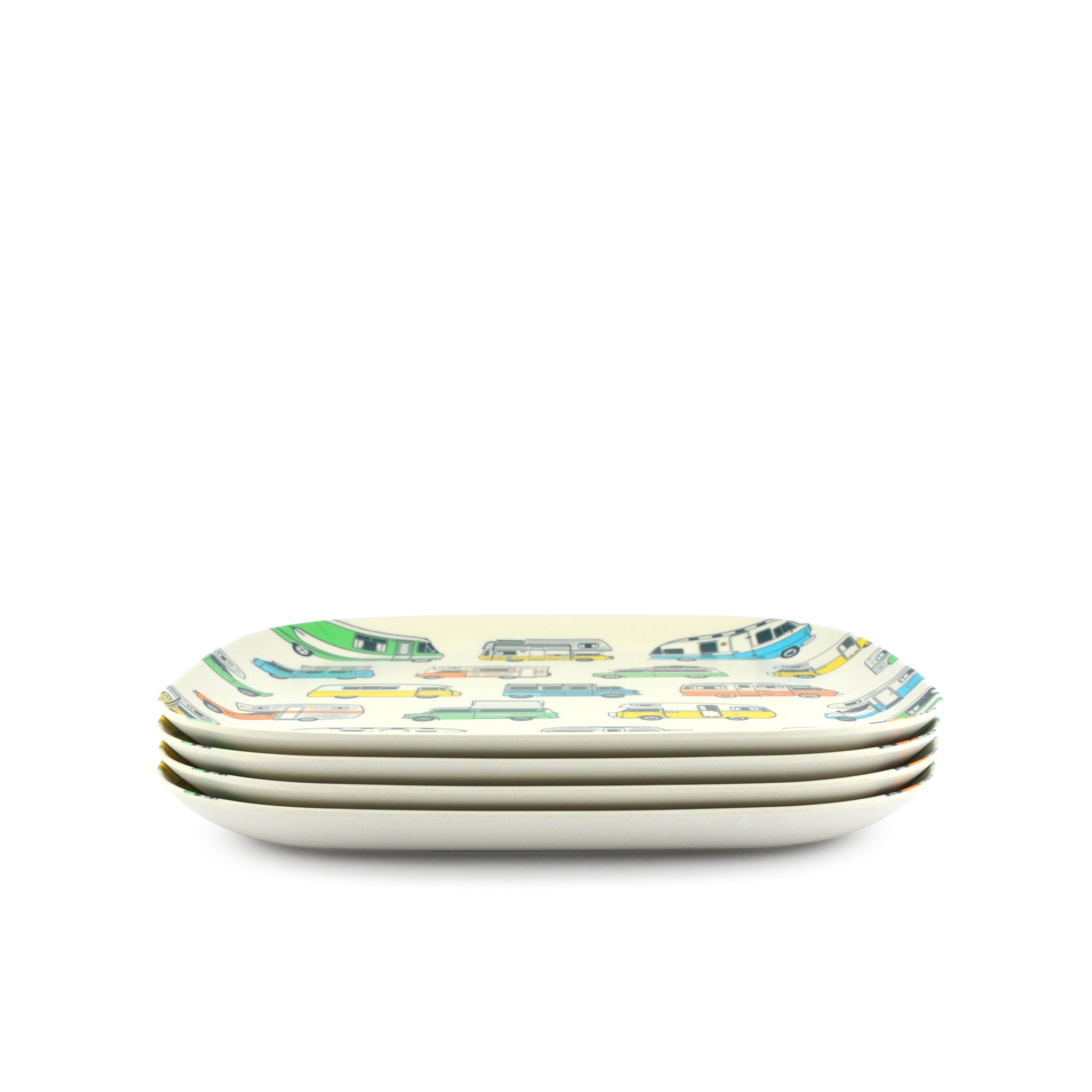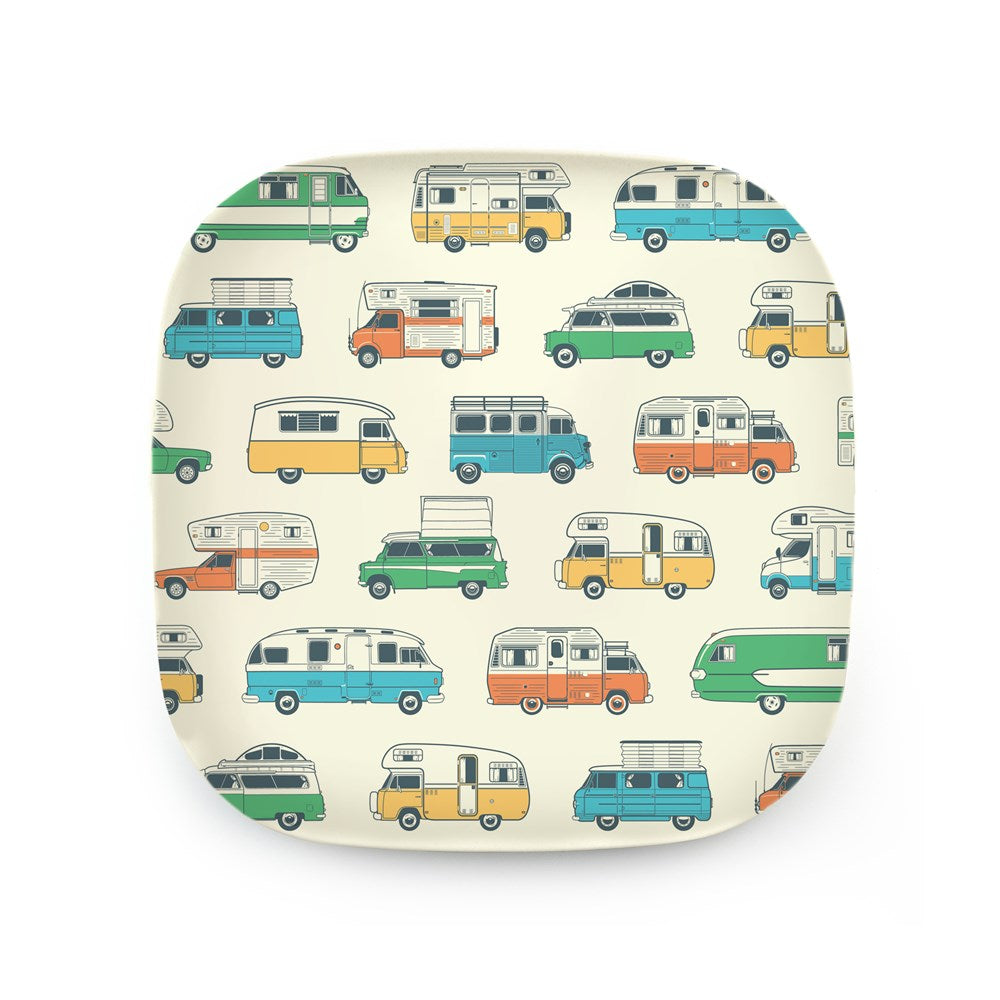Lander Levante
Say “Ciao!” to the Lander Levante Graziella 300 caravan, from the Borgomagno district in Padua, in North Eastern Italy.
These little Italian beauties date back to the 1960’s, when the economic boom saw locals beginning to take on the concept of outdoor holidays as a way to escape the stresses of big city life. The beautiful Italian countryside was the destination of choice for many Italians, and well, why wouldn’t you?!
The first model to be built by the Levante company was the Graziella 300. Despite its diminutive size, the Graziella contained all you would need for a holiday for two: a kitchen at the front, a wardrobe opposite the entrance door, and a rear lounge/dinette that converts into a double bed. Thanks to the pop-up roof, there was even more space to enjoy. This caravan knew how to make the most of its proportions!
And being only 3 meters long and weighing 400kg, the Graziella was able to be towed by the most popular car of the time; the Fiat 600. Its rounded shape with no sharp corner edges ensured the van was aerodynamic and fuel-efficient, as well as stable on the road. Essential qualities for any caravan!
The exterior was made from two weatherproof and impact resistant fiberglass (GRP) shells, joined by a single perimeter joint, making the caravan easy to repair if necessary. Inside, the van was insulated with high-density polyurethane (PUE), so the temperature was comfortable in any weather, and was finished with Skai artificial leather upholstery, ensuring the interiors waterproof, flame retardant and anti-condensation properties.
In 1973, the Levante brand took on the new name of Lander. The caravans produced at this time had a fixed roof and two-tone body until 1976, when all models were made using the classic ivory colour that we see in most caravans today. There were 3 models available - the Lander 340, 341 and 474. All were equipped with a toilet, a Truma stove, and a kitchen featuring an Electrolux fridge.
The ‘cockpits’ were very elegant for the time, and well designed. The curved furniture, in rich, mahogany tones, gave these vans a kind of ‘nautical’ look – molto stylish! In 1978, the Lander vans increased in height, while still maintaining their distinctive egg shaped body, and the thin joining edge of the two shells was replaced by a wider metal one with a central rubber fender strip.
In 1984, egg shaped caravans gave way to a more rectilinear form, which was the new fashionable shape of this era. The Lander Lineare was produced during a period in which caravan sales in Italy were declining, to the point where all Italian caravan brands either closed, or converted to other industries.
Lander’s last hurrah came in the form of a very special caravan model: the Pierre Cardin. The design was signed by the famous fashion designer, and was very well equipped and of the highest quality, but also very expensive… probably not quite the best move at the time, but they certainly went out with a bang!
During the late 1980’s, the Lander factory themselves were forced to convert their business to producing bins for the collection of municipal waste.
Today, Lander caravans boast many admirers and collectors, especially in parts of Northern Europe, where these exceptional caravans are revered for their manouevrability, lightness, solidity and of course, their truly innovative structure.
Viva the Levante Lander vans!



